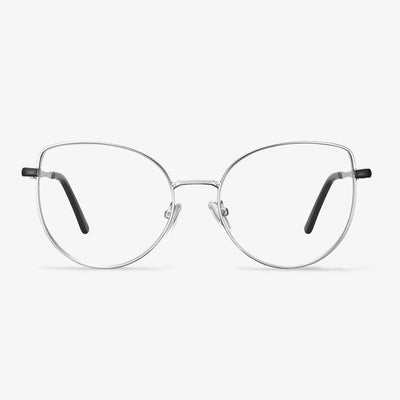Discountglasses.com
Discountglasses.com once advertised a free try before you buy home audition kit for RX contact lenses, and the companies will send you two pairs already fitted with your own prescription lenses.Discountglasses.com now provides a virtual try-on program. Discountglasses.com provides free returns. You can safely order glasses to try on at home. The frames come with standard, high-quality 1.49 plastic lenses with a protective coating that protects the lenses from scratches and are prescribed between +/ -3.00.
Characteristics of Carbon Fiber Glasses
Carbon fiber frames have pretty impact resistance. Carbon fiber is made of carbon, the core element of diamonds. It is ten times stronger than iron, and it weighs less than steel. The maximum stress it can withstand before breaking is 7 to 9 times that of steel. Carbon fiber is more resistant to corrosion than metals like titanium. It has high-temperature resistance, radiation resistance, good elasticity. Carbon fiber is not only flexible, but durable, so it won't break if you drop it. Carbon fiber has many benefits, including high stiffness, high tensile strength, low weight, high chemical resistance, high-temperature resistance, and low thermal expansion.
How to Get Used to Progressive Lenses?
It is common that your vision may change when you are over age 40. You can find it is happening when have to hold your favorite book, the daily newspaper, or a restaurant menu farther away just to read it. This is an eye condition called presbyopia. It is normal and almost all of us get it as we reach middle age.
This eye condition often can be corrected by progressive lenses which allow you to see objects from far to near clearly. With progressive lenses, you do not have to switch your glasses to see far or near objects frequently.
However, since progressive glasses have three different prescriptions in one lens, it may be difficult for some people to adapt to the new ones. So, in this post, we will show you how to get used to progressive lenses.
The Identification of the Quality
The frame that has good elasticity is usually of better quality. The frame that has a smooth and shiny coating is better in quality. If the solder joint is smooth, small, and uniform, the quality is better. The parts of the sunglasses are assembled closely. The size and shape of the left and right lens must be the same, and the bridge of the nose must be symmetrical.
What is a progressive lens?
A progressive lens is a lens whose upper sides are used to see far, and the lower side is used to see near. The distance from the fixed distance power above the lens to the near power fixed below the lens does not change suddenly, but a gradual transition between the two through the gradual change in refractive power.
Standard progressive lenses are multifocal lenses with three observation areas, farsightedness, intermediate vision, and nearsightedness. Unlike bifocals, there are no visible lines between each viewing area. They have a seamless, invisible design, where the optical power changes 'gradually' throughout the lens. Many people confuse 'bifocal' or 'trifocal' with 'progressive' but remember that bifocals and trifocals have visible lines in the lens, while progressive lenses do not. Because progressive lenses have no lines in the lens, they are more popular multifocal lenses than bifocal lenses. However, is progressive lens good for eyes?
The origin of aspheric lens
The Visby glasses, unearthed in Gotland, Sweden, are the earliest aspheric lens found. The Vikings in the 11th century used it as a magnifying glass, and some of the best ones were made of silver, making them look like handicrafts. In 1667, Francis Smethwick grinds the first high-quality aspheric lenses and presents them to the Royal Society. That's a telescope with three aspheric elements. In 1956, Elgeet, which originally designed and manufactured optical instruments for the U.S. Navy, produced the world's first mass-produced aspheric lens for photography (Golden Navitar 12mm F1.2) for a 16mm film machine. Today, aspheric lenses are found in everything from tall telescopes to missile guidance systems to camera lenses. In the glasses we wear, the aspheric lens is familiar to consumers.
Compared with single vision glasses, bifocals are multi-focal glasses.
Compared with single vision glasses, bifocal glasses, trifocal glasses belong to multi-focus glasses, and the types of trifocal glasses are diverse. When choosing the optical properties of a trifocal lens, it can be thought that the lens is made up of three different lenses: the main lens, the distal optic regions, two appendages. One for the distance and one for the proximal area.

















































